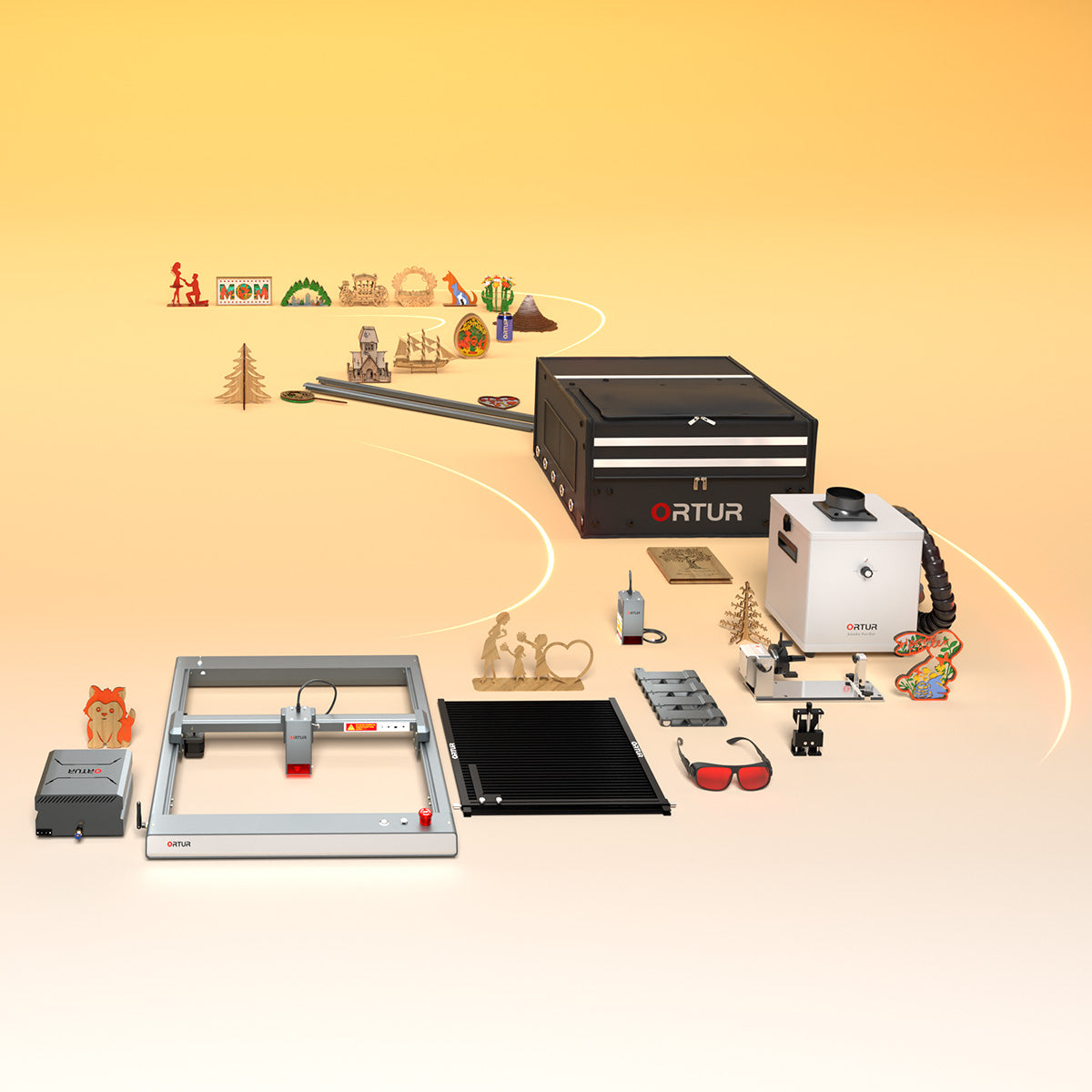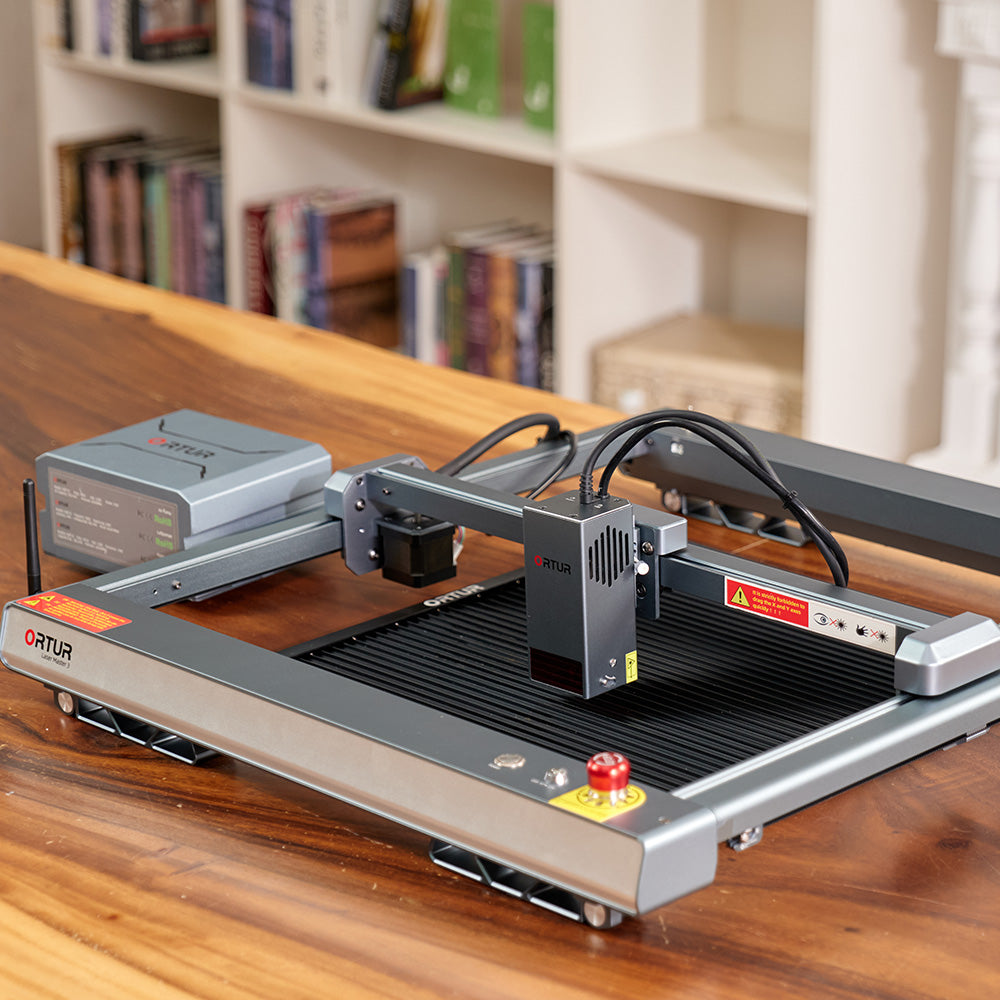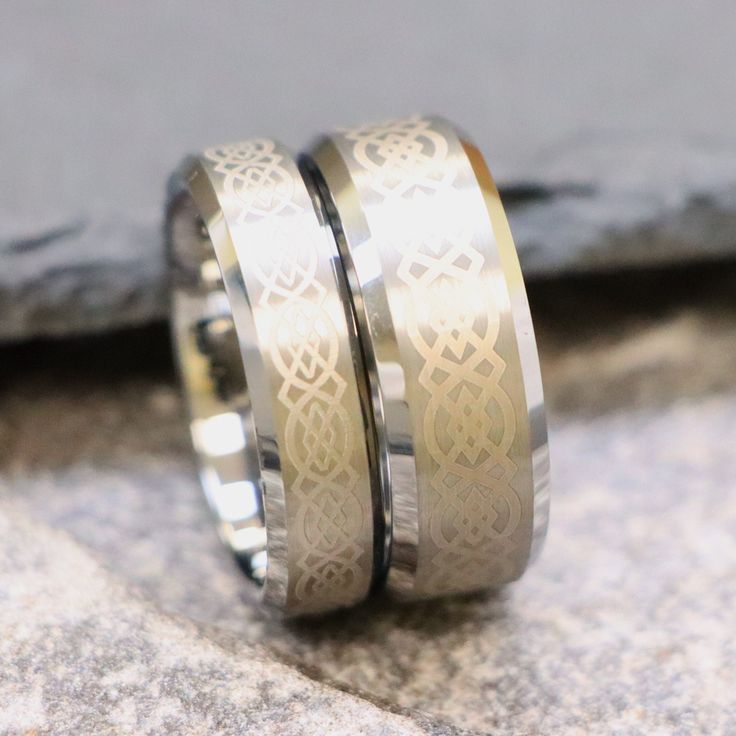Comparison: CO2 vs.Diode vs.Fiber Laser Marking
Fiber laser marking, diode and the one from CO2 lasers are the most common marking technologies out there. This article reviews which one suits you and the pros and cons of them.
- Introduction
- Fiber Laser Marking
- CO2 Laser Marking
- Conclusion
Introduction
Laser marking and laser engraving are sometimes confused with each other. Laser marking refers to placing legible information on the surface of a part with little or no penetration, while later refers to putting information onto a part with evident penetration below the surface of the material to make a permanent and clear impression.
When it comes to laser marking, the choice of the right technology is as crucial as choosing the right surface for a product. Fiber laser marking is one of the most common solutions used in the industry right now, while CO2 and diode laser marking are also used, but all of them have their pros and cons. Before selecting one of the three, one has to consider the distinctions between these technologies, and how they may fit one’s specific marking needs. Below is their detailed comparison:
1. Fiber laser marking
It is a technique that involves using laser beams to mark materials without making physical contact with the material to be marked. It has become widely used because it is effective in producing high-quality impressions without the use of materials such as ink.
This technique uses a fiber optic cable that is doped with rare earth metals. The laser beam ejected is used to deposit the required mark on this material and is associated with high beam quality and good stability. Fiber lasers are in the infrared group of lasers with a wavelength of 1064 nm.
Pros and cons
This technique is known for its high-quality marks in high resolution, making it a great choice for small texts and intricate designs. Also, such marking offers a long operational life for its hardware, often exceeding 100,000 hours, and is much more energy efficient. Moreover, this technique is also great for metals and many other surfaces.
The initial cost is much higher as compared to other common techniques, and it is also less effective on organic surfaces. Also, they can create heat-affected zones on the surfaces, so they are not suitable for applications where surfaces are fragile.
2. Diode laser marking
Diode laser marking makes use of semiconductor diodes to produce a laser beam, which is used to illuminate or project the required mark on the material. Such diode lasers work at different wavelengths and are conventional, from 400 nm to a standard of 980 nm, and are chosen depending on the usage.
These diode lasers give out light at various wavelengths ranging between an operating range of 400 nm and 980 nm and are greatly loved due to their portability of hardware as compared to hardware for fiber laser marking which is not that portable.

Pros & Cons
Diode lasers are low-powered as compared to other marking hardware we mentioned above but offer some significant pros that make them a great choice for affordability and marking results. The diode lasers used for markings are smaller, and lighter as compared to all other systems and the upfront cost is also generally lower. They can also mark a wide variety of materials including organic, metals, and plastics.
Diode laser marking is also great for small-scale and precision applications and is commonly used for marking electrical and medical components. The Ortur H10 Engraver and cutter is powered with a 20-watt laser assembly with 0.01mm engraving precision and a comprehensive air assist system to keep things cool for smooth and safe markings. You also get almost 400 coloring options (on stainless steel), a preassembled engraver, glass laser shield filters for a safe work environment, and much more.
3. CO2 Laser Marking
This marking technique uses a gas mixture of carbon dioxide, nitrogen, and helium to produce a laser beam that works in the infrared zone with a wavelength of roughly 10.6 µm. This wavelength is in the range where it can well-absorb into organic materials. Laser marks with this beam are made by vaporizing its surface layer.
Pros & Cons
This laser marking technique gives great results on a wide variety of organic materials and also has a low initial cost as compared to other mentioned techniques. Also, it offers fast marking speeds and doesn’t result in a significant heat-affected zone on the marking surface.
Having said that, it has poor effectiveness on metals and needs additional anodizing and coating to get the desired results. Also, such systems are much more maintenance-hungry and have shorter operational lifetimes.
Conclusion
To conclude the above-mentioned comparison, it can be stated that fiber laser marking is most suitable in applications where better quality in marking, better accuracy in marking, and capacity to mark metal is needed but it comes with a higher cost. Diode laser marking offers much more flexible choices where one can achieve great results at much better pricing and also supports a higher range of compatible marking surfaces.
Keep in Touch with Ortur
Related Articles
Related Articles





